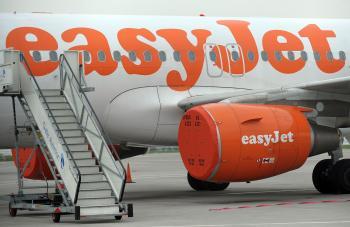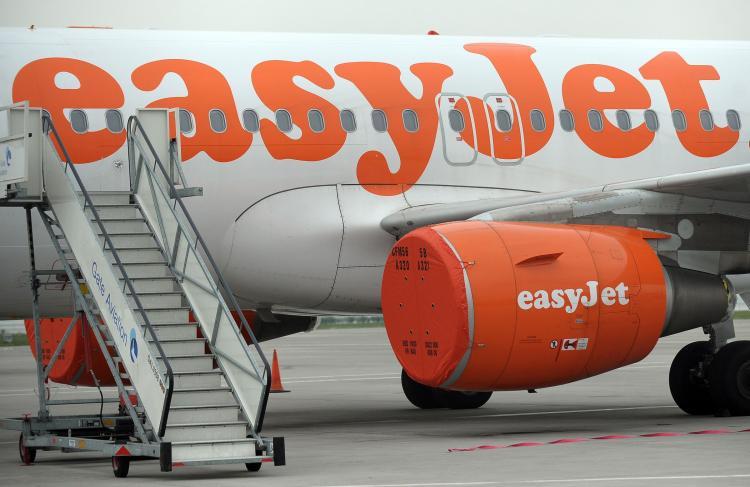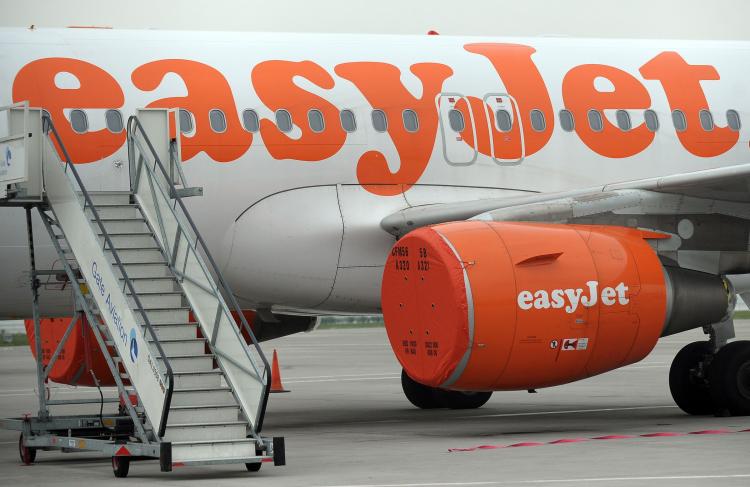MUNICH—British airline EasyJet is partnering up with the European jet producer Airbus and Norwegian Institute for Air Research (NAIR) to develop groundbreaking technology that could detect volcanic ash concentration at high altitudes.
The technology, known as Airborne Volcanic Object Identifier and Detector (AVOID), consists of infrared ash sensors that could be mounted on airplanes during flights. These sensors are capable of detecting the concentration of ash in the air from a distance of up to 62 miles at altitudes between 5,000 and 50,000 feet. Using these ash sensors the airplanes could avoid areas of high ash concentration by taking alternative routes.
“The ash detector will enable our aircraft to see and avoid the ash cloud, just like airborne weather radars and weather maps make thunderstorms visible,” said Andy Hamilton, CEO of EasyJet, in a statement.
Eventually, as the whole air fleet is equipped with ash sensors, it would be possible to map precise real-time volcanic ash concentration areas throughout the entire world. Such things as completely closing down the entire European airspace because of a volcanic eruption would be soon history.
“This is a huge step forward,” said Andy Hamilton, whose company—EasyJet—is contributing $1.2 million to aid the research. “This pioneering technology is the silver bullet that will make large-scale ash disruption history.”
Dr. Fred Prata, a scientist from NAIR, is leading the project and is in the process of testing the sensors. He has been in research for the last 20 years and has published many scientific papers on similar topics. His most outstanding contribution was the invention of weather detection radars for spotting thunderstorms that could be attached to the airplanes.
“We need to validate the technology. We haven’t done this yet on a commercial jet,” Prata told the London Times. Since the Iceland’s Eyjafjallajökull volcano is currently not erupting much ash, at the moment the testing is being done in the region of small active volcanoes in Sicily.
Prata has urged the airlines to not put off the research for later, since the Icelandic volcano is currently sleeping.
“There will be a next time. Volcanoes have been around for millions of years,” he said.
After the eruption of Eyjafjallajökull on April 15, the airline industry has lost more than $3 billion, as 100,000 planes were grounded for weeks with millions of passengers stranded at airports unable to fly.
As a result of the enormous financial pressure on the airlines, there was a lot of criticism toward the Civil Aviation Authority (CAA) for closing down the entire airspace.
CAA’s chief executive Andrew Haines expressed his satisfaction with EasyJet’s decision to sponsor the research.
“The CAA welcomes the fact that airlines are considering innovations such as this and we will do all we can to facilitate them,” he said in a statement. “It is essential that the aviation community works together to develop solutions to minimize disruption, should ash return.”
“I very much hope that this is a sign that the industry is ready to play its part in finding a fundamental solution ... rather than pretending that the problem does not exist,” he added.
EasyJet is planning to have 12 of its planes equipped with ash sensors by the end of this year. This would put it at an advantage over other airlines, should another volcanic ash eruption occur. During the last eruption of Eyjafjallajökull volcano the airline lost around $75 million.






